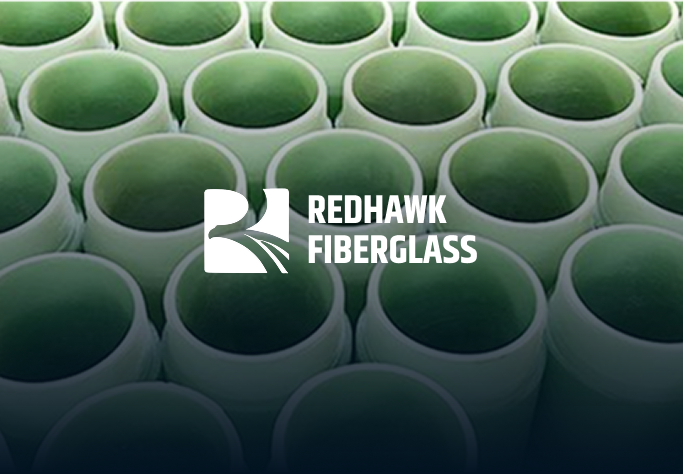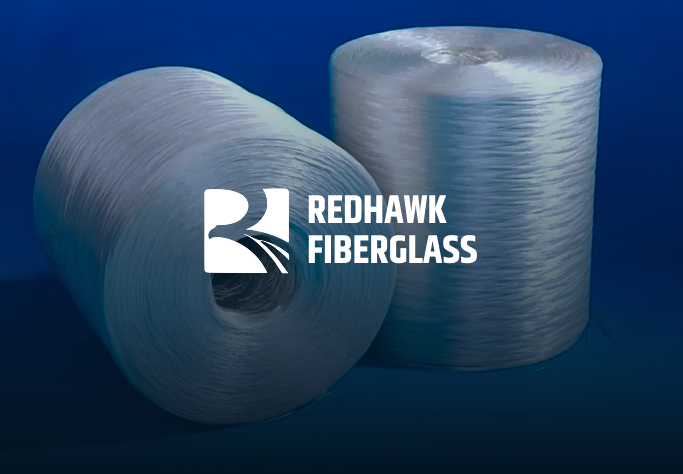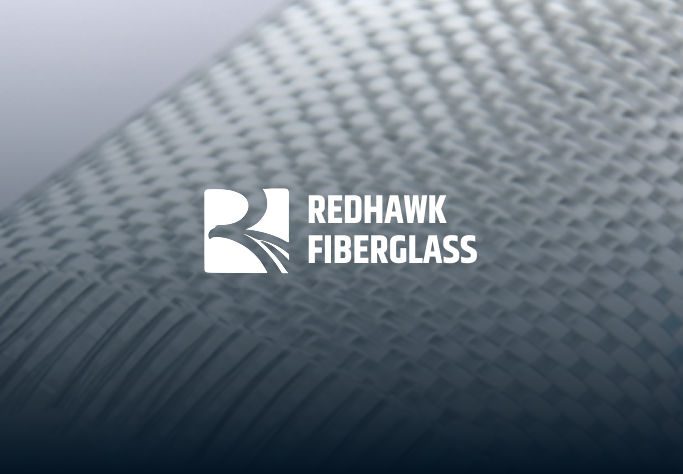Mitigating Arc Flash Hazards through Pultruded Composites




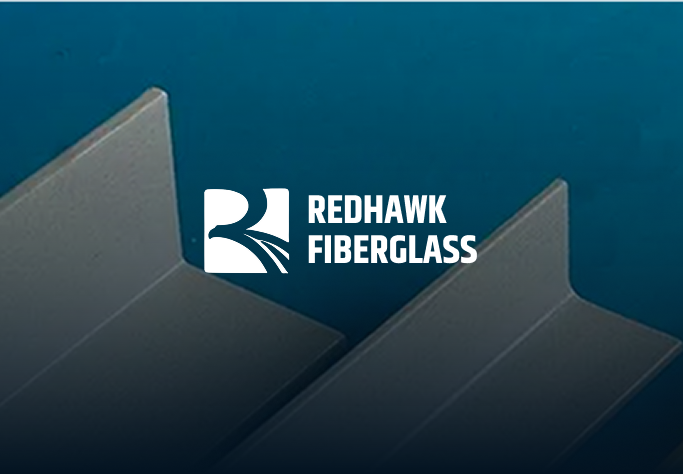
Fiberglass Reinforced Polymer (FRP) composites manufactured through the pultrusion process represent a significant advancement in material science, offering an indispensable solution in the electrical and utility sectors. While widely recognized for corrosion resistance and high strength, the core benefit of pultruded fiberglass is its superior performance as an electrical insulator, making it a critical safety component. Within high-voltage environments, a persistent and grave danger is the arc flash. This refers to the sudden, high-energy electrical explosion that can cause catastrophic equipment failure and severe injury. Traditional materials often fall short in these high-risk settings, either by conducting electricity or by degrading under extreme thermal and mechanical stresses. Pultruded fiberglass provides an engineered solution to these challenges, ensuring safer, more reliable operations in power generation, transmission, and distribution systems.
An arc flash event is initiated when electric current leaves its designated path and travels through the air to another conductor or to the ground. This creates an extremely hot plasma arc, which instantaneously releases enormous amounts of radiant heat, light, sound, and a powerful pressure wave. The temperatures generated during an arc flash can exceed 35,000∘F, instantly vaporizing adjacent conductive materials and posing an immediate, life-threatening danger to personnel. The resulting pressure blast and flying shrapnel from vaporized metal further compound the risk, leading to significant facility downtime, extensive equipment damage, and serious safety incidents.
Mitigating this risk requires the use of materials that are inherently non-conductive and capable of maintaining their structural and thermal integrity when exposed to the high temperatures and pressures associated with electrical faults. For many years, the industry relied on highly conductive materials, which mandated the use of complex grounding systems and frequent maintenance to manage electrical flow. The widespread adoption of advanced pultruded fiberglass composites, however, has introduced a passive, preventative safety measure, fundamentally improving how electrical infrastructure is designed, constructed, and protected.
The pultrusion process is a highly controlled method that creates a composite material where continuous fiberglass reinforcements are fully saturated in a thermosetting fiberglass resin matrix, typically using polyester or vinyl ester. This final product is naturally non-metallic and, most importantly, non-conductive. This characteristic is a primary engineering differentiator from conventional materials like steel and aluminum, which are excellent conductors and, therefore, necessitate extensive grounding and insulation procedures to manage electrical hazards.
Dielectric Strength and Electrical Insulation
A material's capacity to resist electrical breakdown under a high voltage is defined as its dielectric strength. Pultruded fiberglass profiles are specifically engineered to possess high dielectric properties, meaning they can be installed directly within energized environments without posing a risk of becoming an unintended electrical conduit. This makes the material ideal for structural components that must be positioned near busbars, transformers, and power lines. Components such as switchgear enclosures, insulating stand-offs, and specialized cable trays constructed from fiberglass prevent the initiation of arcs and establish an essential electrical barrier between energized parts and personnel or grounded metal structures. Furthermore, specialized materials like high temperature fiberglass gasket material are employed to seal and insulate electrical components within these enclosures, ensuring thermal stability and continued electrical insulation under operating loads.
Transparency to Electromagnetic Interference
Another critical electrical property of the material is its electromagnetic transparency. Pultruded fiberglass does not interfere with or shield radio frequency (RF) or electromagnetic interference (EMI) signals. While not a direct mechanism for mitigating an arc flash, this feature is vital for infrastructure where electrical and communication systems must coexist. For example, in utility settings or on transmission towers where remote monitoring equipment or cellular communication arrays are installed, fiberglass components ensure the structural support does not impede necessary signal transmission, a key consideration for smart grid technologies and remote fault detection systems.
An arc flash generates not only intense electrical energy but also extreme, explosive heat. A material’s reaction to this heat is critical for containing damage and preventing the spread of secondary fires. Standard electrical insulation or materials can melt, ignite, or produce toxic smoke, which dramatically escalates the hazard. Pultruded fiberglass, especially when formulated with fire-retardant resins, addresses these secondary risks comprehensively.
Arc and Track Resistance
The surface of pultruded fiberglass is highly resistant to tracking, which describes the formation of a carbonized, conductive path across an insulating surface caused by prolonged electrical stress or contaminants. High-performance fiberglass resin systems are selected specifically to resist this phenomenon, ensuring that the insulating integrity of the profile remains intact over decades of service, even in harsh, humid, or contaminated outdoor environments. This crucial capability is paramount for long-term reliability in outdoor applications such as insulating crossarms and riser guards.
Meeting Safety Standards with Fire-Retardant Resins
For facilities with the most stringent fire safety requirements, such as public transit systems, mining operations, or enclosed substations, pultruded fiberglass is available in specific resin formulations that meet international fire-retardant standards. These materials are engineered to have low flame spread and low smoke generation ratings, providing crucial time for personnel evacuation and minimizing the damage caused by fire following an arc flash event. This superior performance makes fiberglass the material of choice for platform grating, handrails, and structural supports within enclosed electrical facilities where fire safety is non-negotiable.
Beyond immediate electrical and fire safety, the structural integrity of pultruded fiberglass ensures long-term system stability, a factor that indirectly contributes to arc flash mitigation by preventing mechanical failures that could lead to electrical contact.
Strength in Harsh Environments
The manufacturing process results in profiles with a superior strength-to-weight ratio and exceptional dimensional stability. This capability allows pultruded composites to handle significant mechanical loads such as extreme wind, ice accumulation, and dynamic stresses on utility structures, without warping, bowing, or deforming. A component that reliably maintains its physical shape and position dramatically reduces the risk of conductors coming into unintended proximity or contact, which is a frequent precursor to electrical faults and arc flash incidents. Furthermore, the material's imperviousness to corrosion and chemical attack means that components retain their designed strength and integrity in challenging environments, such as wastewater treatment plants or industrial facilities where corrosive fumes or chemicals are present.
Lightweight for Safer Installation
The reduced mass of FRP profiles directly translates to enhanced safety during the construction and maintenance phases. Utility workers handling lightweight ladder rungs, structural columns, or cable supports at height face less physical strain and a reduced risk of injury associated with lifting and maneuvering heavy metallic materials. This simplified, safer installation process contributes to faster construction timelines and significantly reduced worker exposure to inherent electrical and mechanical dangers on the job site.

The structural and electrical advantages inherent in pultruded fiberglass, specifically its high strength, non-conductivity, and resistance to extreme environments are strategically leveraged by companies focused on critical infrastructure safety. Redhawk Fiberglass is an established manufacturer of fiberglass products and a prominent fiberglass supplier, serving a broad spectrum of industries including construction, energy, utilities, sports, and the medical sector. The company's core mission is to enhance operational performance and safety by delivering reliable, high-quality composite materials that mitigate risks, such as the inherent dangers posed by an arc flash event.
Redhawk Fiberglass's comprehensive product line is manufactured through specialized processes, such as pultrusion and various molding techniques, ensuring their products meet rigorous standards for performance and longevity in environments where safety is paramount. As a leading fiberglass manufacturer and fiberglass distributor, the company is focused on providing fiberglass material suppliers solutions that directly translate technical properties into practical safety measures for the power and utility sectors. This includes ensuring quality in every fiberglass sheet and roll of fiberglass mesh used in their composite solutions.
The following is a general outline of the products and services offered, all of which benefit from the non-conductive and durable properties critical to electrical safety:
In offering these diverse products, Redhawk Fiberglass functions as a strategic partner, assisting clients with tailored composite solutions that address specific challenges related to weight reduction, environmental degradation, and the vital requirement for non-conductive materials in electrical environments. The company's commitment to engineering excellence ensures critical infrastructure remains protected, personnel safety is prioritized, and operational continuity is maintained, even under the most demanding conditions.
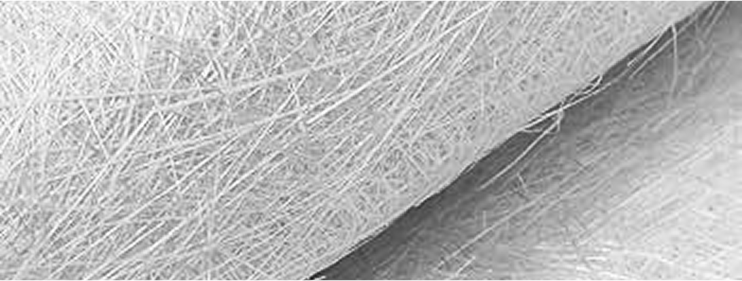
Leading fiberglass manufacturer Redhawk Fiberglass offers a 6-Point Mat (Chopped Strand Fiberglass), which features excellent flowability and high-temperature stability for diverse fiberglass composites

Premier fiberglass manufacturer Redhawk Fiberglass offers Glass Fiber Reinforced Gypsum (GRG) board, a lightweight, high-strength solution for diverse architectural and construction applications.
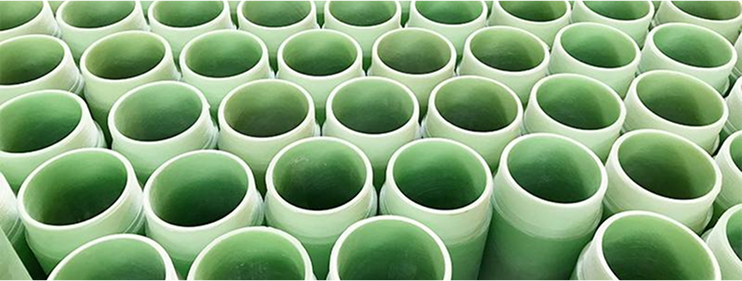
Premier fiberglass manufacturer Redhawk Fiberglass offers Filament Winding, creating precise, high-strength fiberglass composites with excellent thermal and chemical stability for demanding applications.
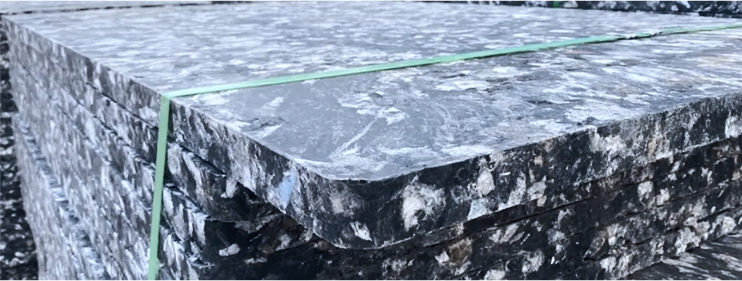
Premier fiberglass manufacturer Redhawk Fiberglass offers Engineering Thermoplastics (GFRT), a lightweight, high-performance fiberglass composite that boosts strength, heat resistance, and dimensional stability for diverse industrial uses.


